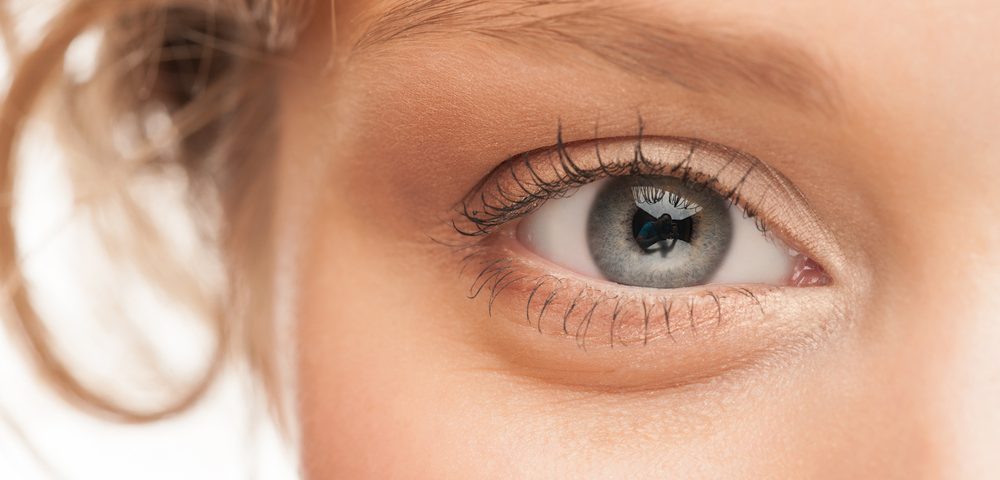Self-retained, cryopreserved amniotic membranes (cAM) show promise in treating corneal ulcers, especially those resulting from underlying neurotrophic keratitis (NK), according to a recent study.
In a retrospective review, researchers found that a self-retained cAM called PROKERA Slim (PKS), made by Bio-Tissue, successfully healed the corneal ulcers of a group of 13 patients, nine of whom had underlying neurotrphic keratitis.
The study, “Self-Retained Cryopreserved Amniotic Membrane for the Management of Corneal Ulcers,” was published in the peer-reviewed journal Clinical Opthamology.
The corneal epithelium, the outermost layer of the eye, can continuously regenerate itself thanks to a dedicated niche of stem cells (specialized cells that have the capacity to transform into other types of cells). However, certain conditions can interfere with this process.
One such condition is neurotrophic keratitis, in which damaged corneal nerves impair the blinking and tearing reflexes that keep the eye lubricated and healthy, sometimes result in the formation of corneal ulcers.
Several treatment options exist to promote the healing of corneal ulcers. More conservative therapies include artificial tears, ointments, autologous serum eyedrops, and bandage contact lens. When these do not suffice, surgical interventions such as tarsorrhaphy, in which the eyelids are sewn partially closed to help the eye stay lubricated, and conjunctival flap can be considered.
Surgical interventions, however, can cause undesirable cosmetic effects or even inflammatory reactions.
Amniotic membranes — a type of fetal membrane derived from the placenta — contain a number of anti-inflammatory, anti-scarring and pro-regenerative properties and have been used to successfully treat various eye conditions, including NK. Traditionally sutured (stitched) onto the eye, the newer self-retaining amniotic membranes can be applied non-surgically in a doctor’s office. Few studies have been conducted, however, on their use.
In the current study, researchers reviewed the records of patients who were treated for difficult corneal ulcers with PKS-brand self-retained cAMs at Vassar Brothers Medical Center, upstate New York, 2016 to 2017, and had at least six months of follow-up data.
Of the 13 qualifying patients, nine had underlying NK and all had tried various conservative treatments. Each patient received at least one PKS treatment. Three patients required a second PKS treatment and two required a third. The placement and removal of PKS was well-tolerated in all cases.
Corneal ulcers healed in all patients over an average timespan of 14 days. Only an ulcer in one eye, blind due to glaucoma, failed to heal within the first month of treatment and required further surgical intervention.
No adverse side effects were reported throughout the study period.
Following treatment, all patients reported less discomfort in their eyes. Other tests, such as corneal staining, a measure of tissue damage, and visual acuity, or the sharpness of one’s vision, also improved, although not in a statistically significant manner. At one month, however, seven patients did show stable and clinically significant visual acuity improvement.
The results of this study support those of other, similarly small retrospective case studies involving PKS, and warrant further prospective studies on the potential benefits and clinical use of self-retained cAMs.

